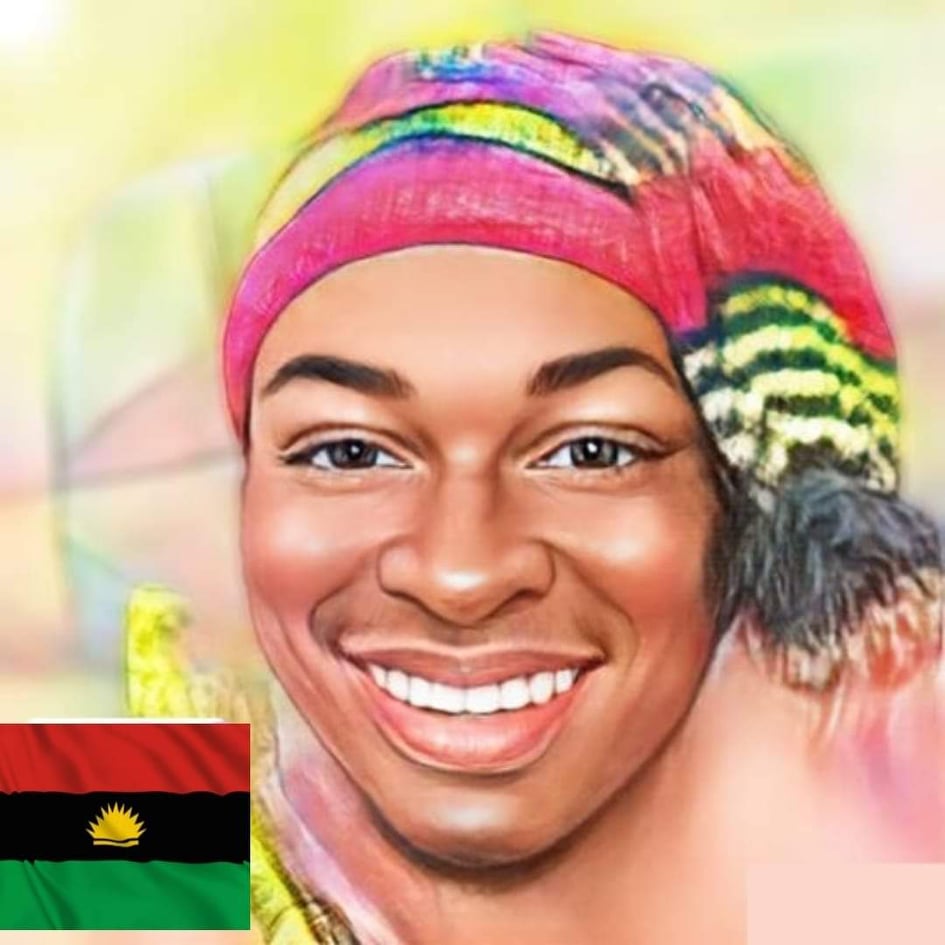Nigerian music is a fusion of diverse sounds that have evolved over the years. Two of its most defining genres are Highlife and Afrobeat. Highlife first gained popularity in West Africa in the early 20th century, originating from Ghana and spreading to Nigeria. By contrast, Afrobeat came into prominence in the 1970s, thanks to its unique blend of funk, jazz, and traditional African rhythms. Each genre reflects Nigeria’s social and cultural history.

The Rise of Highlife
Highlife’s journey began in the early 20th century, making its way from Ghana to Nigeria. Similarly to other entertainment options, it has evolved greatly and entered the digital realm, reflecting changes in how people engage with music and games. For a contemporary twist on entertainment, click here to explore this interactive experience.
At its core, Highlife is vibrant and light, a fusion of African rhythms with Western brass instruments. It started as an elite form of music, playing in the sophisticated clubs of Lagos, where people gathered to dance and celebrate. Over time, it spread across the social spectrum, embedding itself in Nigerian weddings, parties, and everyday celebrations.
The genre’s bright melodies and rhythmic beats created an uplifting atmosphere, one that Nigerian audiences couldn’t resist. As it evolved, Highlife became the sound of joy, a musical backdrop for both small family gatherings and larger public festivities.
Afrobeat Revolutionary Birth
Afrobeat, meanwhile, took shape in the late 1960s and early 1970s. While Highlife was about the joy of life, Afrobeat emerged as a voice for political expression and social change. Built on the foundation of traditional African rhythms, Afrobeat incorporated jazz, funk, and even bits of Highlife, but its signature style leaned more into complex polyrhythms, heavy brass, and extended instrumental sections.
It was more than just music—Afrobeat was a statement. Its long, intricate compositions gave artists room for improvisation and experimentation, creating an electric atmosphere in live performances. Artists often used their songs to speak out against political injustice, inequality, and corruption.
Highlife and Afrobeat: Side by Side
When you compare Highlife and Afrobeat, the differences are clear, but there are also subtle connections that bring them together. Here’s a breakdown of how the two genres differ and intersect:
Purpose
- Highlife: Created for social enjoyment, it brings people together for celebrations, with upbeat tunes that spark dancing and merriment.
- Afrobeat: While still danceable, its primary purpose is political, giving a voice to the oppressed and confronting social issues through powerful lyrics.
Rhythm & Style
- Highlife: Simpler melodies, catchy harmonies, and accessible rhythms that focus on the joy of life.
- Afrobeat: Complex arrangements with layers of percussion and extended instrumental solos, building a deep, pulsating rhythm.
Cultural Significance
- Highlife: A genre of unity and festivity, frequently played at weddings, community events, and family gatherings. It speaks to the social side of life, celebrating cultural moments.
- Afrobeat: Rooted in resistance, it represents the struggles and triumphs of society, often standing as a soundtrack for change.
Lasting Influence on Nigerian Music
Even decades later, both Highlife and Afrobeat continue to leave their mark on Nigerian music. Highlife, with its infectious rhythms, laid the groundwork for genres like Afropop and contemporary gospel, maintaining its role as a genre for celebration. Modern pop artists often pull from its upbeat energy, keeping its melodic spirit alive.
Afrobeat, with its revolutionary roots, influenced a new generation of musicians who fuse political consciousness with modern sounds. While its traditional form remains, a commercial version of the genre—known as Afrobeats (note the plural)—has taken over global charts. This newer version blends Afrobeat’s rhythms with electronic beats, offering a more mainstream, dance-focused appeal.
The Future of Both Genres
As Nigerian music continues to evolve, the roots of Highlife and Afrobeat are still very much alive. Artists today blend elements of both styles, creating a hybrid sound that appeals to both local and international audiences. While Highlife remains a genre for festivities, Afrobeat’s influence on political activism in music remains strong, especially in times of social unrest.
In the end, Highlife and Afrobeat are more than just genres—they are expressions of Nigerian life. Highlife celebrates the beauty and joy of culture, while Afrobeat challenges societal wrongs and pushes for change. Together, they showcase the vast emotional and cultural range of Nigerian music.
+15856533044, +15856533044

























